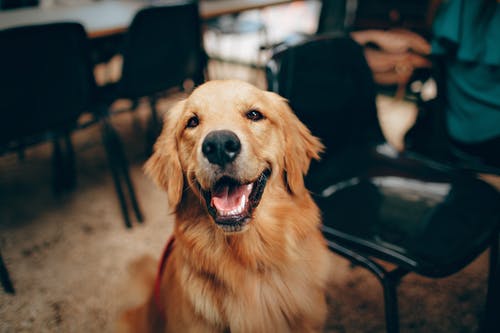
Nearly all dogs need surgery at one point or another. Most pets are spayed or neutered, whereas some may be scheduled for lump removals, biopsies or mass removals, or experimental surgical procedures. In addition, urgent procedures to repair broken intestines and remove bladder stones may be necessary.
No matter the reason, surgery may cause owners a lot of anxiety and confusion. However, it is feasible to make the procedure, as well as the hospital stay and recovering at home, go more quickly if you’re aware of the procedure and take the appropriate precautions to be prepared for yourself and your pet.
Post-Surgery Recovery for Pets
Your veterinarian will likely provide you with a checklist of what you must and should not do for your pet during the healing time, and you can call them if anything unexpected occurs. To help your pet recover quickly after the procedure, keep in mind these guidelines to provide safe post-operative care.
1. Encourage Lots of Rest
Offering a small cage for your pet may allow you to restrict the amount of movement they can have and also encourage them to relax. If so, ensure it’s near enough for them to look at the rest of the family. It is always packed with their most loved toys and everyday stuff. Pets must sleep in a crate or an enclosed place away from the household and other animals and children.
A dog or cat boarding facility can take care of your pet post-operation. It can ensure that your pet is safe and stable to fastrack recovery.
2. Follow Feeding Advice
Even if your dog is eating a restricted diet, you may still offer him ice cubes that he can chew. Even a tiny amount of water and food is generally okay if your dog is awake. Feeding frequency and duration, as well as other aspects like exercise, recovery, and the follow-up procedure, will vary depending on the procedure. For example, gastrointestinal surgery may require a more extended duration of fasting.
3. Ensure Pet Safety
Do your utmost to prevent your dog from jumping into action as soon as it awakes. If you take your dog outside to relieve himself, keep him on a lead and away from the dirt. Keep all cages, beds, and bedding tidy.
Make sure you take extra care when handling your pet because they might be more sensitive than usual, increasing the risk of scratches or bites and other injuries to you and the pet. To further ensure the safety of your pet and your family, you can subject them to dog or cat vaccinations.
4. Check Surgical Sites Often
Make sure to check the incision region daily to ensure that it’s healing correctly. The vet from reputable facilities that offer dog surgery in Rancho Palos Verdes, CA can use stomach wraps and post-operative clothing such as t-shirts, shorts, or shirts to protect and cover an incision from surgery. Cleaning the incision area by applying a dressing to minimize inflammation and hasten to heal is also recommended.
Seek the advice of your veterinarian before cleaning surgical sites. A slight redness or dripping is normal. However, should the swelling or bleeding appears excessive, your doctor must be informed.
5. Make Sure Pets Aren’t Licking or Biting Affected Areas
Your pet could try to bite or lick the incision, which can delay healing and may even cause an infection. Since this is a common problem, your vet may suggest a cone for your pet to wear on their head as a preventative measure. Based on the severity of the issue, other aids like T-shirts, bandages, or booties. It might also be suggested.
